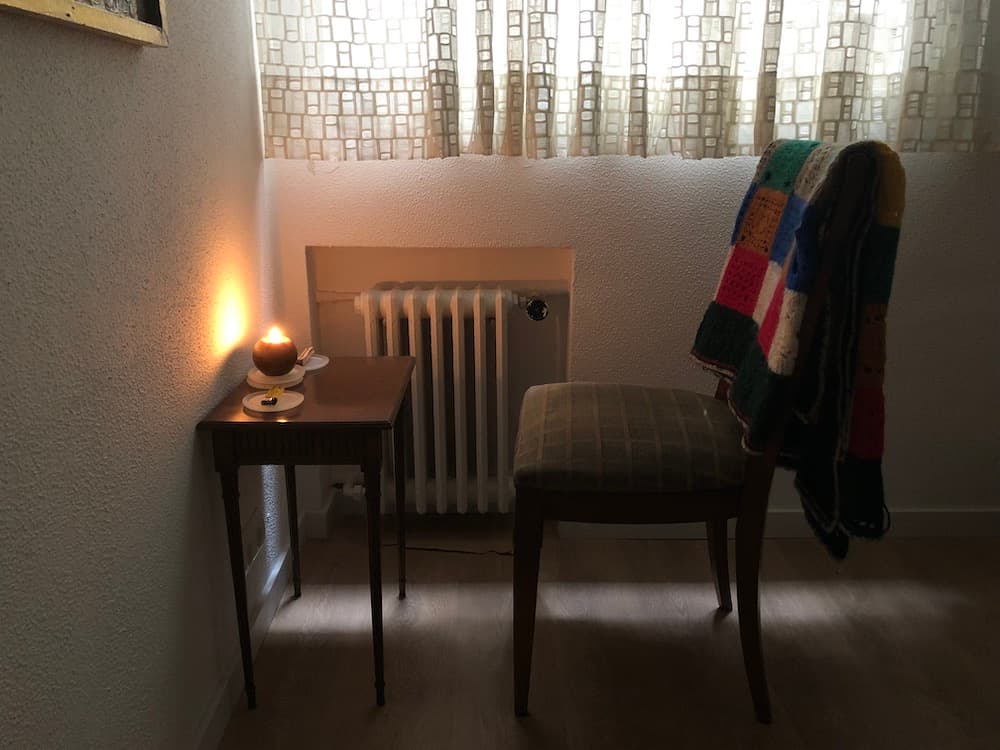How to practice Passage Meditation
Training my mind through meditation has enabled me to find calm more easily, slow down the pace, dissolve stress and boost my confidence in order to achieve my resolutions. It’s been one of the biggest life improvements I’ve made recently. But not every meditation style resonates with me. It was when I read Passage Meditation by Eknath Easwaran that I found the right method for me. It might be the right method for you as well.
The Passage
Meditation consists in training the mind to focus. In order to help, we use an anchor, something to hold the attention. In passage meditation, we use an inspirational passage as our anchor. It could be any text, as long as it’s uplifting and helps us connect with the best version of ourselves. Spiritual passages can serve this purpose wonderfully. After choosing one, the meditation process consists in slowly and silently repeating the memorized passage in our minds.
The passage I normally use is the Prayer of Saint Francis of Assisi:
Lord, make me an instrument of your peace, Where there is hatred, let me show love; Where there is injury, let me show pardon; Where there is doubt, let me show faith; Where there is despair, let me show hope; Where there is darkness, let me show light; Where there is sadness, let me show joy.
O Divine Master, grant that I may not so much seek To be consoled as to console, To be understood as to understand, To be loved as to love; For it is in giving that we receive; It is in pardoning that we are pardoned; It is in dying to self that we are born to eternal life.
Note that Lord here can have different meanings for different people. For me, it represents both the universe as a whole and the true consciousness inside me.
The Method
Starting the day with meditation will be a gift for yourself and it will also help in making a habit out of it, which is necessary to feel the benefits. Before starting, I set a timer with a smooth sound to let me know that 15 minutes have passed, marking the end of my meditation.
The mind repeats the passage silently, focusing on every word, one by one, very slowly. There’s no rush. As the author says, “concentrate on every word and let the words slip one after another into your consciousness like pearls falling into a clear pond”.
The posture should be comfortable, sitting erect. I prefer to sit on a chair because it’s less demanding for the body than being cross-legged on the floor.
The mind doesn’t like to be still, so it will try to find ways to wander away from the passage. It will bring thoughts, questions and worries to distract you. I deal with them by remembering my intention for that moment: to meditate. Since I can think about those things later, I simply pass them along and go back to focusing on the words. Distractions also come as body sensations, like itches and discomforts. By doubling the focus on the words of the passage, they should fade away. If they don’t, it’s ok, let them be.
It helps a lot to have a special place for meditation in your house or room. Setting a candle or a blanket might make it feel more spiritual and peaceful.
Reference
If you’re interested in learning more about this type of meditation, I encourage you to read Passage Meditation (chapter 1 here).
I hope it helps you to gain focus and find calm.

